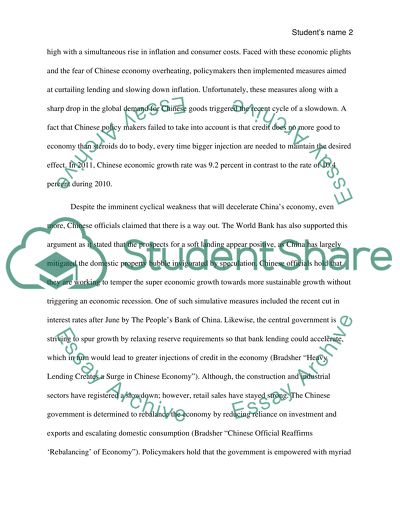Cite this document
(“Why is Chinas Economic Growth Slowing Down Essay”, n.d.)
Retrieved from https://studentshare.org/english/1462043-why-is-chinas-economic-growth-slowing-down
Retrieved from https://studentshare.org/english/1462043-why-is-chinas-economic-growth-slowing-down
(Why Is Chinas Economic Growth Slowing Down Essay)
https://studentshare.org/english/1462043-why-is-chinas-economic-growth-slowing-down.
https://studentshare.org/english/1462043-why-is-chinas-economic-growth-slowing-down.
“Why Is Chinas Economic Growth Slowing Down Essay”, n.d. https://studentshare.org/english/1462043-why-is-chinas-economic-growth-slowing-down.


